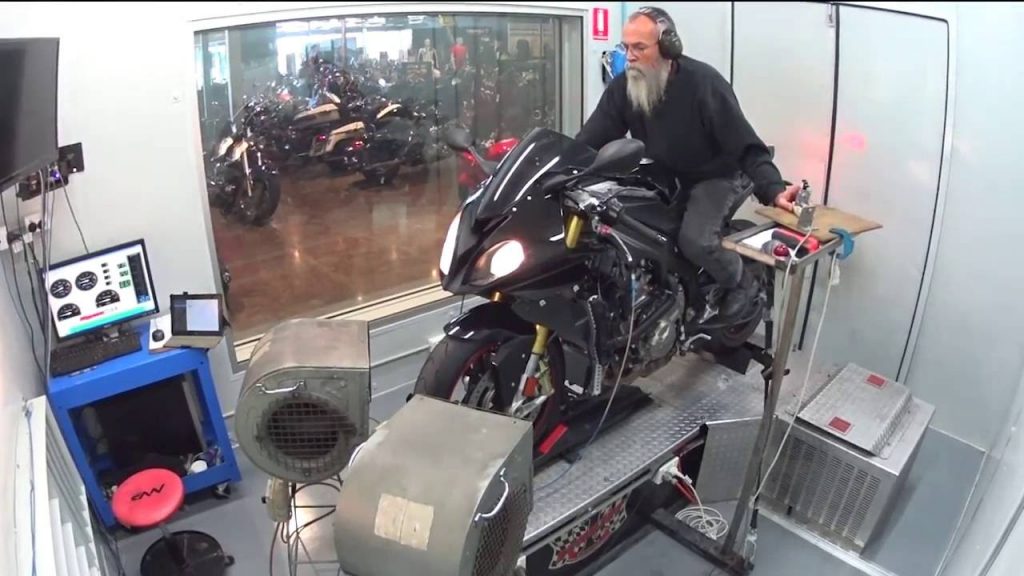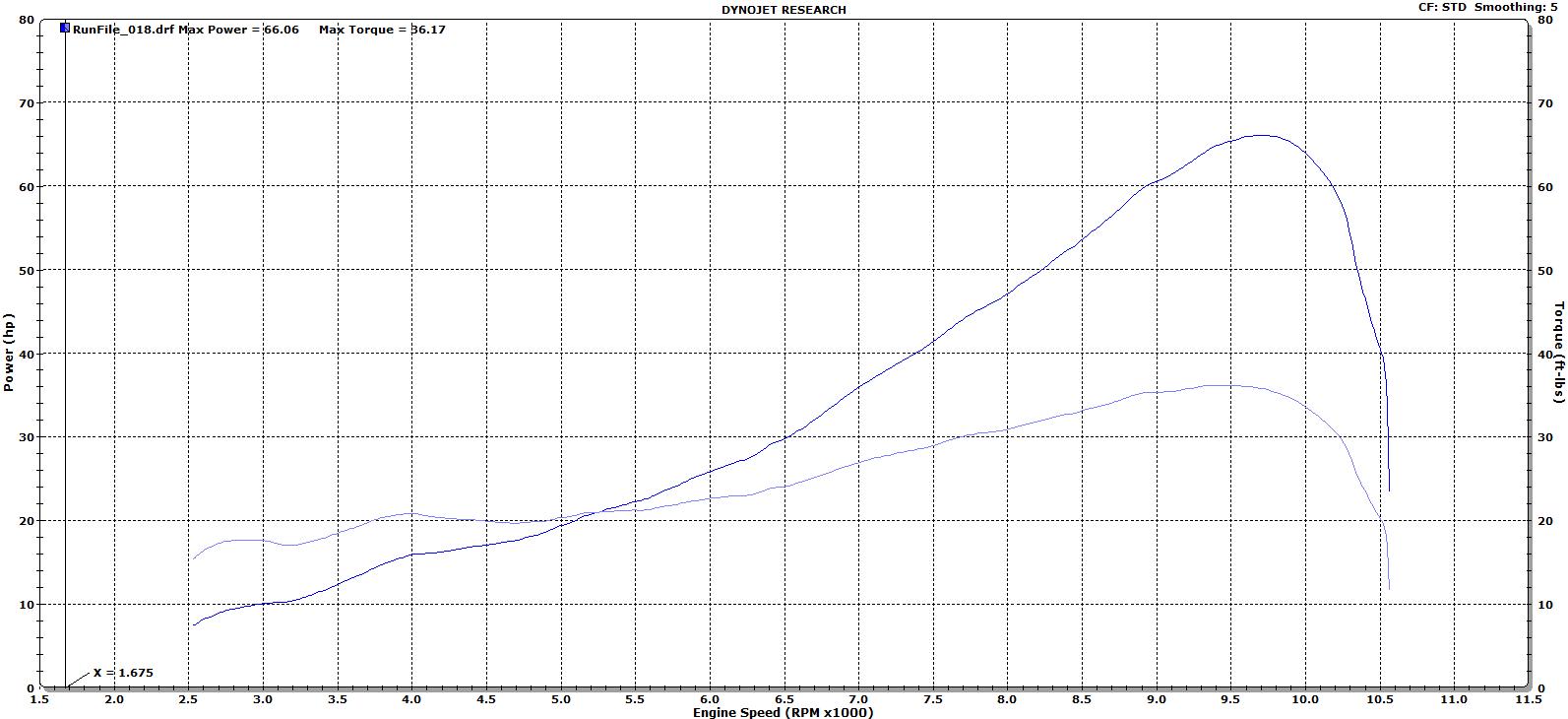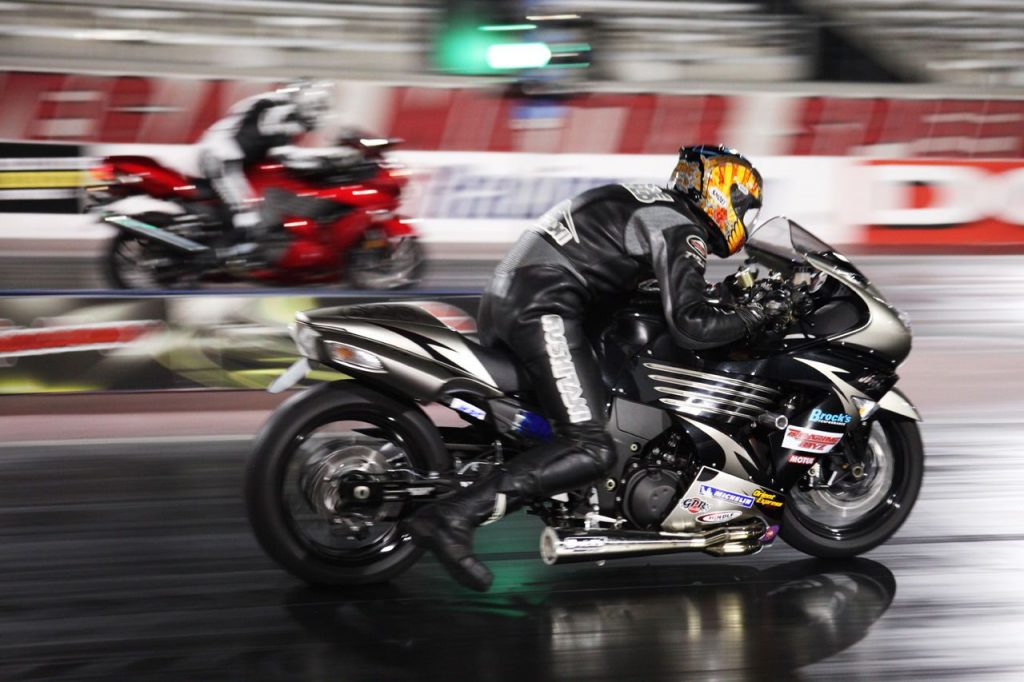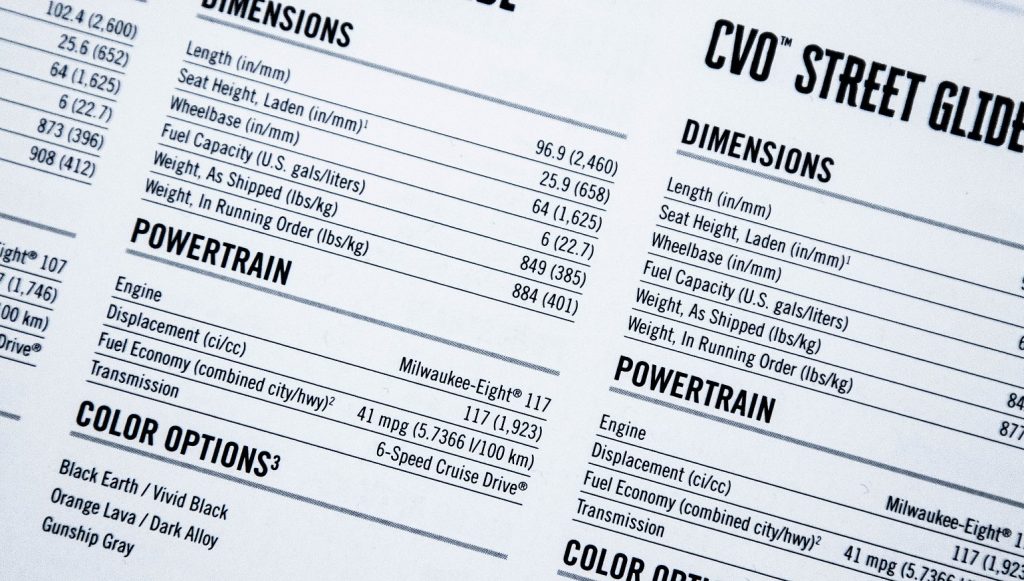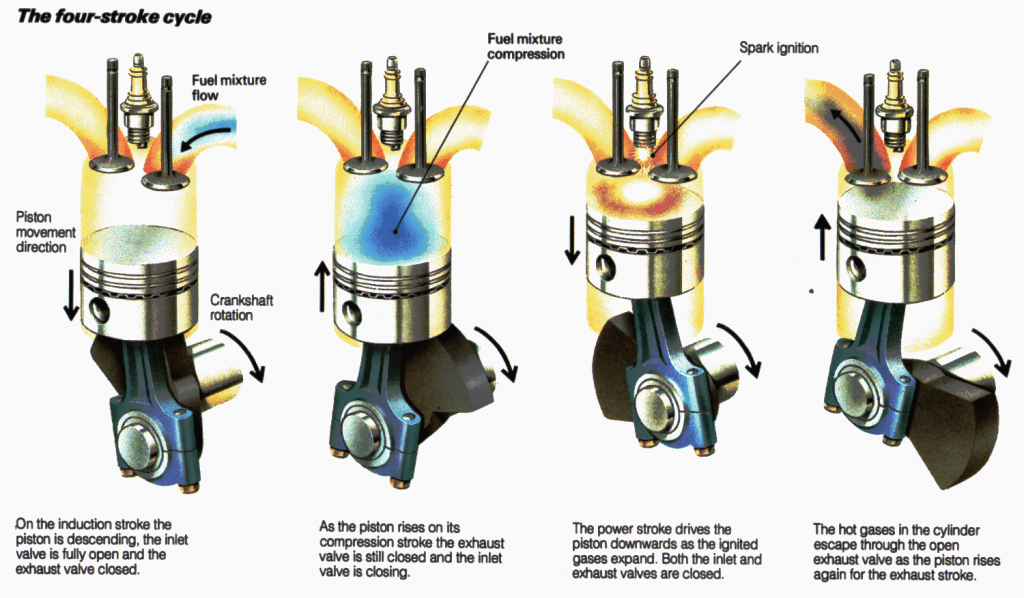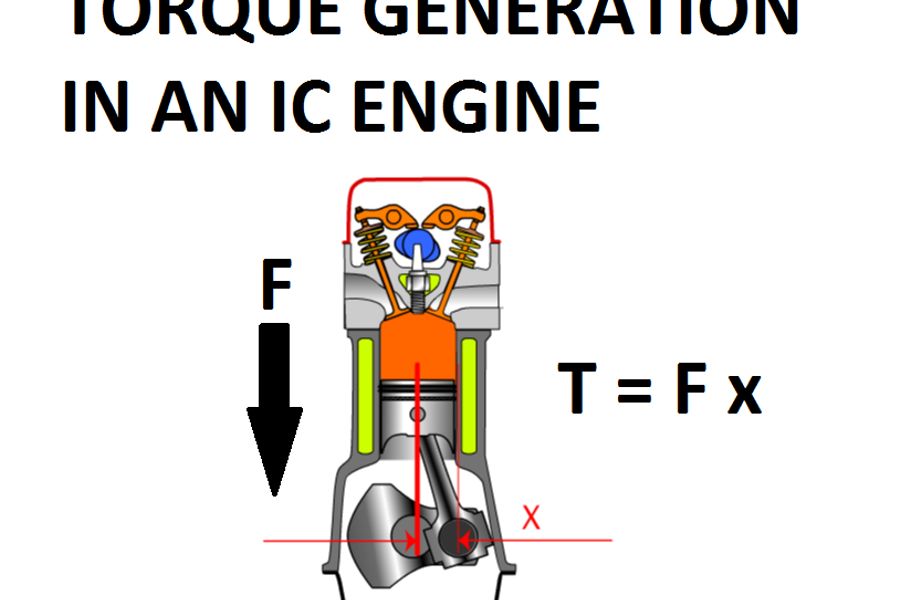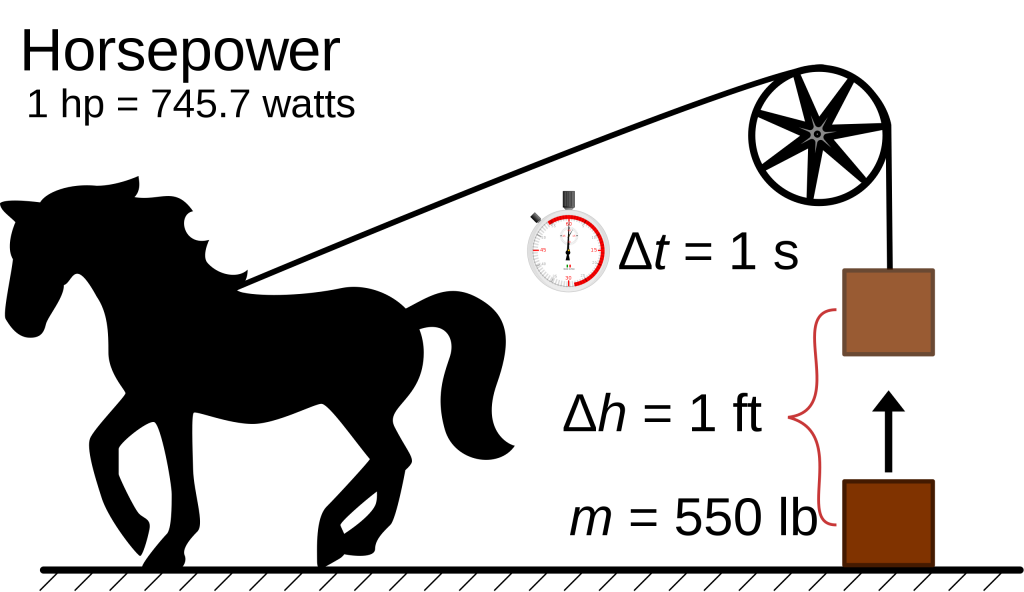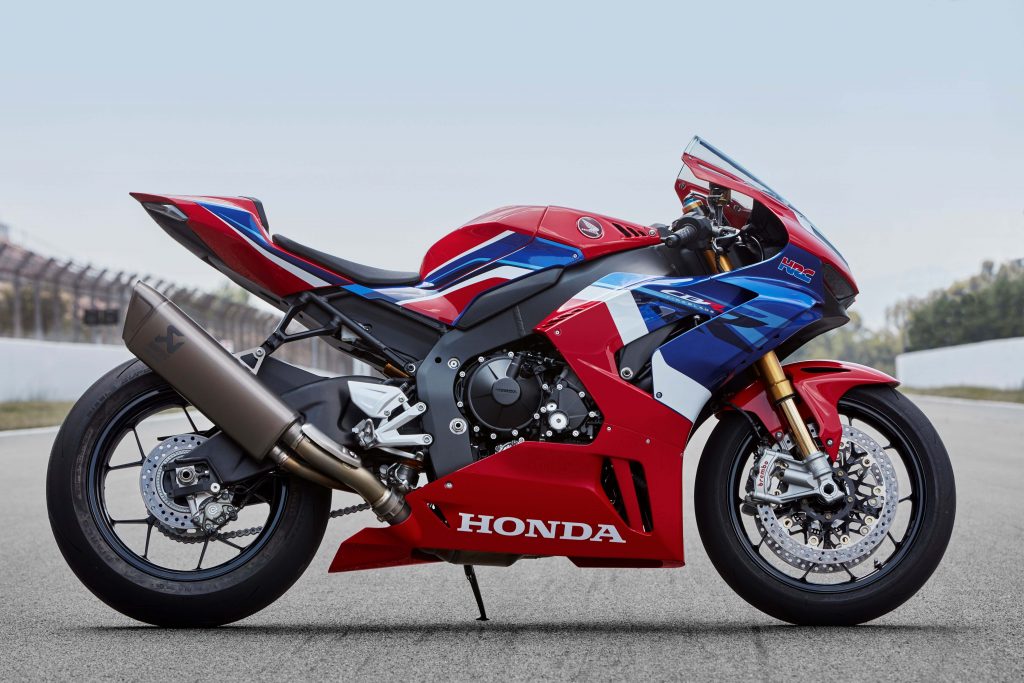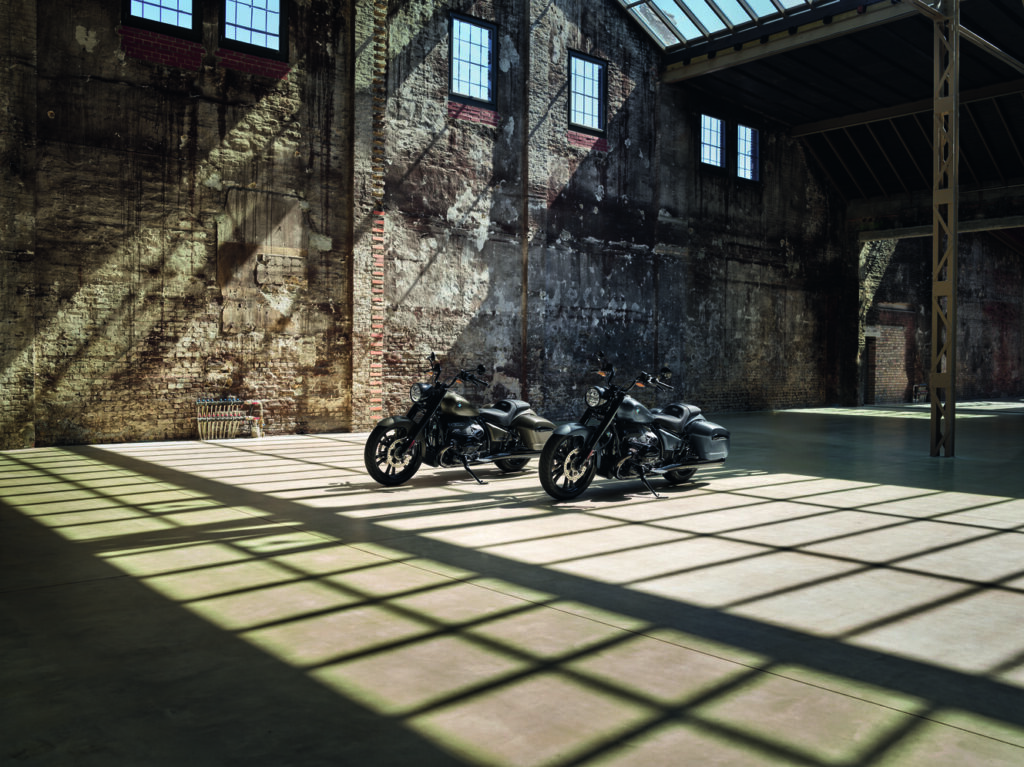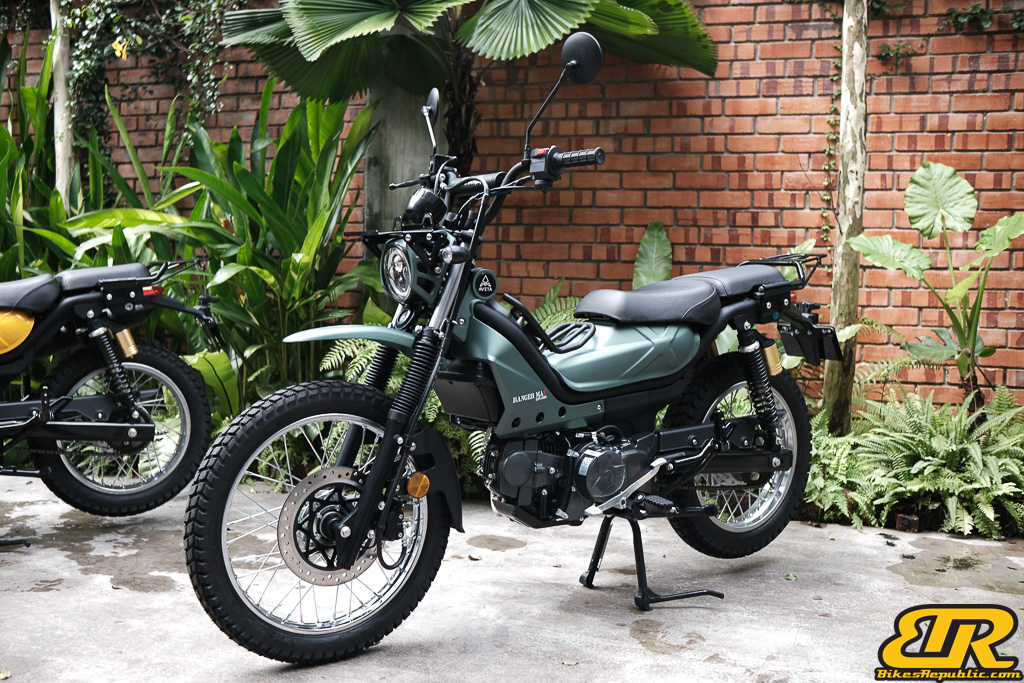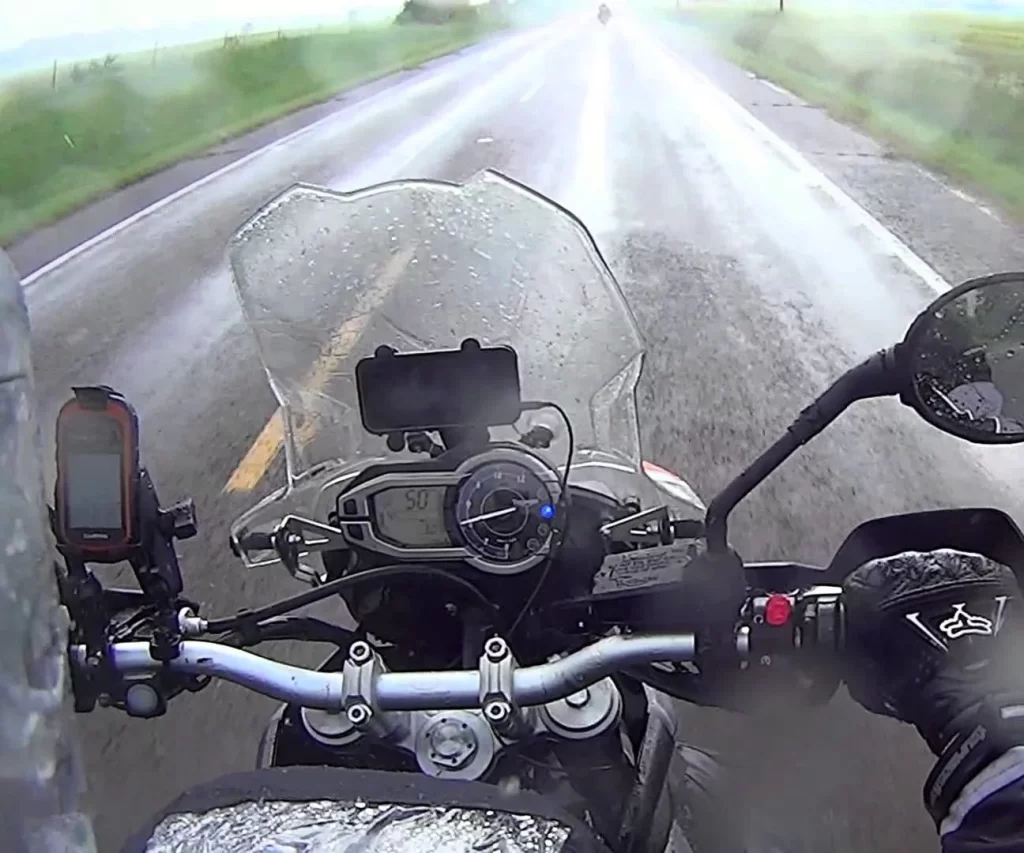-
A dyno chart shows an engine’s character.
-
From it, we can determine if the engine is torquey or peaky.
-
Please also read Torque Versus Horsepower: What’s the Difference.
A dyno chart – a graph which shows the engine’s torque and power curves – gives us an idea of how the bike performs when we open the throttle.
But how do we interpret those two lines? Do we only look at the peaks? Or just the peak horsepower?
Let’s use the chart below as an example.
The X-axis (the horizontal line below) represents engine RPM, the left Y-axis shows the engine’s horsepower, and the Y-axis on the right represents the engine’s torque.
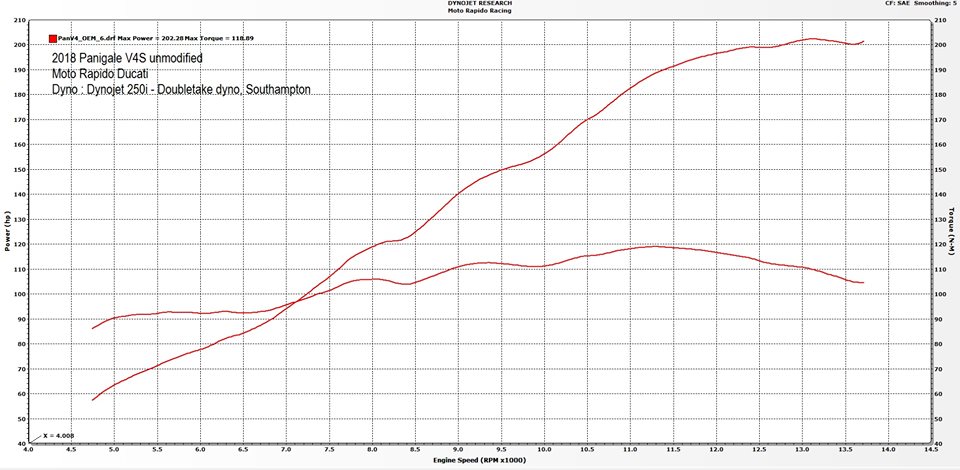
The curved line which climbs the highest is usually the horsepower, while the line below is usually the torque. Why “usually”? Because high torque engines like those big V-twins on Harley-Davidsons, Indians and other cruisers typically produce more torque than horsepower.
In any case, the torque curve is usually flatter than the horsepower curve as the latter requires the engine to be spun up and increases in a steeper curve.
Read: Torque versus Horsepower: What’s the Difference
So far so good?
Okay then, what do we look for? Or more specifically, how do we “read” an engine’s character?
Referring to the graph above, the torque curve looks like a plateau and is considered “flat.” There’s already 86 Nm of torque available at 4,750 RPM, while the peak of about 118 Nm is delivered at 11,250 RPM. Thus, the dyno shows that the engine is already producing 73% of its maximum torque at 4,750 RPM.
We can therefore deduce that this engine will give the impression of power everywhere in the engine range. In the real world, opening the throttle at any time will punch the bike forward rather than needing to be revved like crazy. An engine which allows for hard acceleration anywhere in its rev range is called “torquey” (although most people will wrongly say “powerful”). For the rider, he doesn’t have to keep shifting gears to get going.
As for the horsepower curve, you can see that’s linear in its progression and that makes for easier riding because the bike doesn’t bog and blast forward suddenly as if hit with a NOS injection.
Another thing to note is how many RPMs separate peak torque and peak horsepower. This Desmosedici Stradale V-four’s torque peaks at 11,250 RPM while horsepower does so at close to 13,250 RPM. That gives us 2,000 RPM of separation between the two. This is good as while the torque tapers off, the engine continues to produce power. This is what we call a wide powerband.
However, if the two peaks are close together like in a two-stroke (as little as 500 RPM separation), the powerband is considered “peaky” or “thin.”You need to rev the engine to high RPMs and maintain that high RPM for acceleration. Dropping out of that certain RPM range means you’re stuck with no meaningful acceleration unless you work that left foot like a Riverdance performer.
Note here that four-stroke racing engines tuned for outright power can be peaky. It’s not much of a problem at the racetrack but it’s irritating when such an engine character is present on a road bike.
This is why cruiser riders swear by their engine’s torque as the bike accelerates anytime in any gear, as well as being relaxed (turning at low RPM) when er… cruising down the highway. However, the engine begins to run out of breath as it reaches peak torque, since there’s not enough horsepower to produce higher speeds.
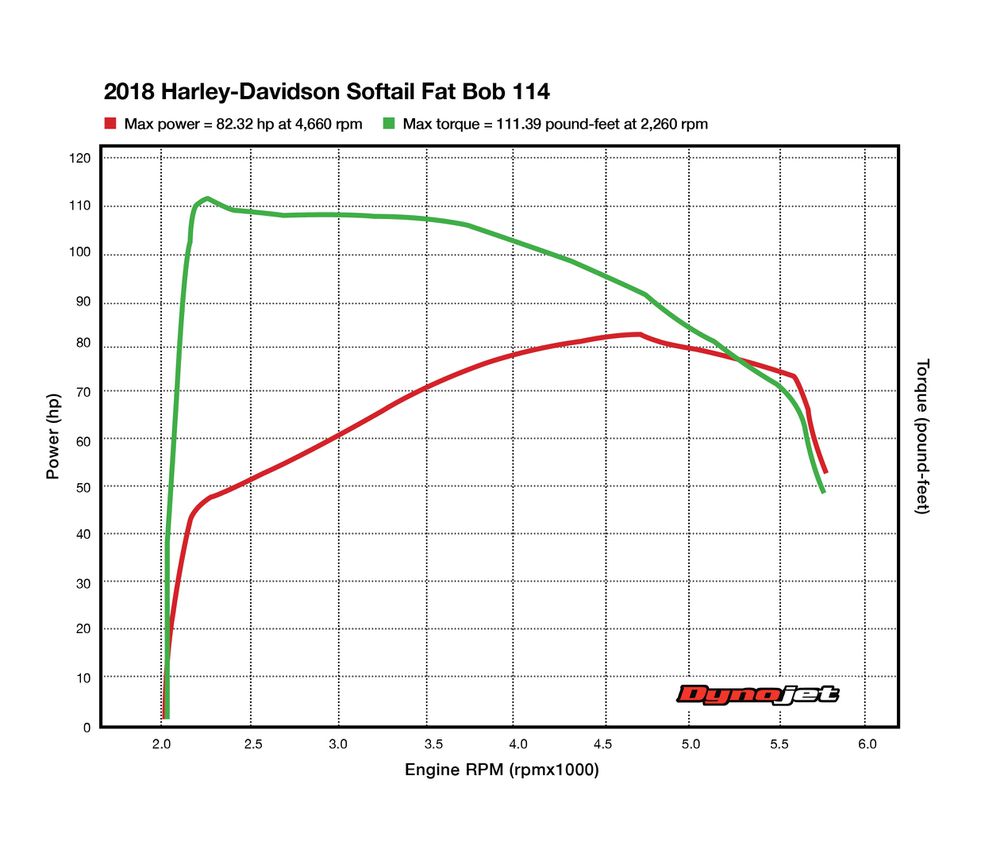
Lastly, there’s another thing to note. Notice that the dyno’d torque and horsepower figures are lower than claimed by the manufacturer. That’s because manufacturers use bench dynos that are fitted directed to the engine’s output shaft thereby reading the crankshaft torque and horsepower. Dyno-ing a bike through its rear wheel results in approximately 15% power loss through the transmission, final drive and tyre. So, don’t panic if you see lower figures if you dyno your bike.

